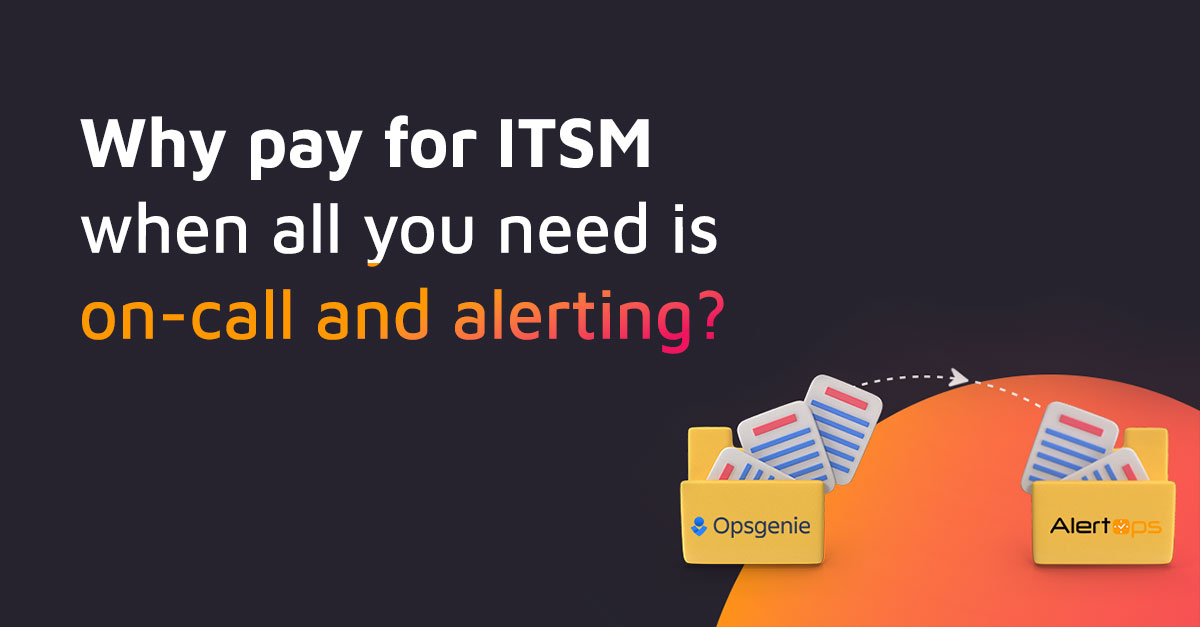Uptime Robot is a website monitoring service that provides up to 50 monitors for free, and checks the status of your website every five minutes. If your website is down, Uptime Robot will send an alert with the error code (error 404, error 500, etc.) it received from your website.
However, once the alert is sent, Uptime Robot’s job is done. Your tech team is in charge of adding relevant troubleshooting information to the alerts, opening and closing alerts and incidents, and ensuring the right people get the alerts.
So, teams have to manually perform many repetitive tasks, and there’s the chance that tech teams may end up duplicating tasks. This creates a lot of inefficiency, and slows the process of getting your website back online, which means more downtime and more lost revenue.
AlertOps integrates with Uptime Robot to automate much of the alert management process, and eliminate redundant work for your tech teams, so you can get your website back online and get back to business faster.
Here’s what you get with an Uptime Robot and AlertOps integration:
- Automated communication between Uptime Robot and AlertOps using the Generic REST API. There are no external plugins or widgets required to integrate your monitoring and incident management tools.
- Automatically open and close alerts from Uptime Robot to reduce incident response time, and let everyone know when the incident is resolved, so they can get back to business as usual.
- Craft custom messages to be sent out with alerts from Uptime Robot. This way your teams immediately know what the problem is.
- AlertOps can take specific actions based on the sort of alert it receives from Uptime Robot so you can track incidents based on incident type, and route incidents to the right teams.
Ultimately, AlertOps prebuilt integration enables you to automate the management of information from monitoring tools like Uptime Robot, so you can respond faster, resolve incidents more efficiently, and recover more lost revenue.
Learn more about how AlertOps streamlines your incident management process and integrates with your favorite monitoring tools in our help center.



